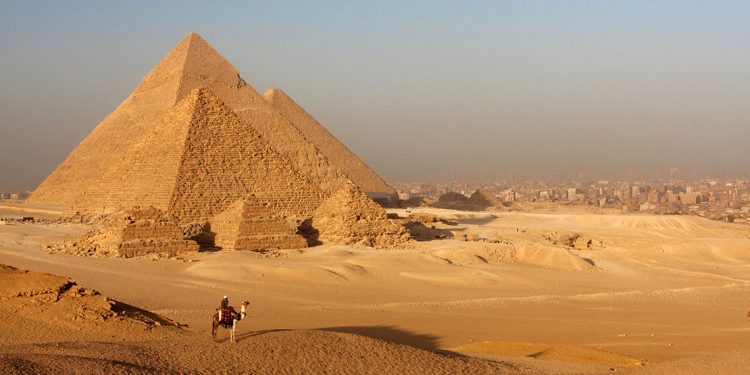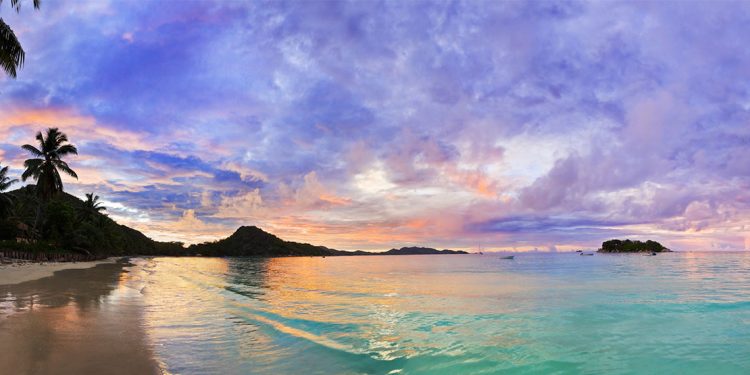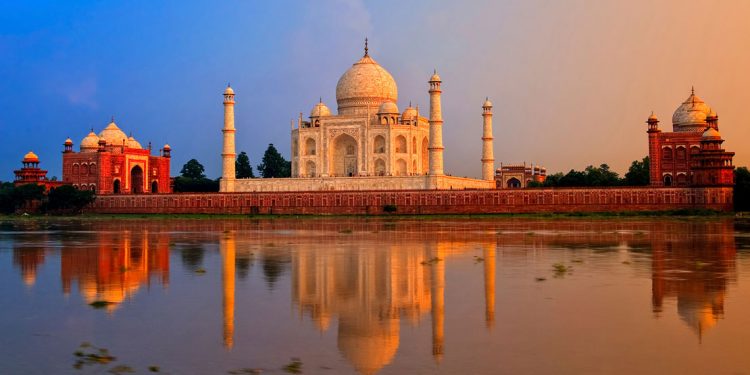10 Unparalleled Places to Visit Before They Disappear Forever
Taj Mahal
3 million people visit the Taj Mahal every year to catch a glimpse of the world’s most beautiful mausoleum rising out of the dawn mist. The elaborate tribute to love is not eternal however, and is under threat of irreversible damage from air pollution, poor restoration, population growth and of course the staggering number of visitors who pass through the gates each year.
The palace’s exterior is eroding slowly, prompting UNESCO and other preservation groups to call for the closure of the Taj Mahal to visitors. If you dream of seeing the exquisite beauty of this structure up close, better get in quick.

Pyramids of Giza
Cairo’s unrestrained development means that urban sprawl and squalor is encroaching rapidly on the Ancient Wonder that is the Pyramids of Giza. Sewage from the creeping slums is weakening the plateau on which the pyramids stand, while air pollution attacks the exteriors from above.
There are few restrictions to prevent visitors from clambering around and over the historic landmarks, a fact which is also contributing to their decay. Fears are growing that soon the pyramids will be lost to over-development and rampant tourism, or to simple collapse.
Hurry if you want to see them — but don’t be one of those visitors that shows complete disrespect for the magnificent constructions.
Whether you're visiting with kids, friends or your significant other, there are plenty of things to do in New Orleans to keep you entertained.

Seychelles
A playground of luxury resorts and idyllic island beaches, the Seychelles are a dream destination for many sun-starved office workers. However, escaping to the white sands and blue waters of the Seychelles might not be an option for much longer— climate change has caused this paradisaical archipelago to be added to the list of disappearing landmarks.
Beach erosion and coral die-off are threatening the very existence of the Seychelles, and it has been estimated that all of the 115 islands could be fully submerged within the next 50 years.







